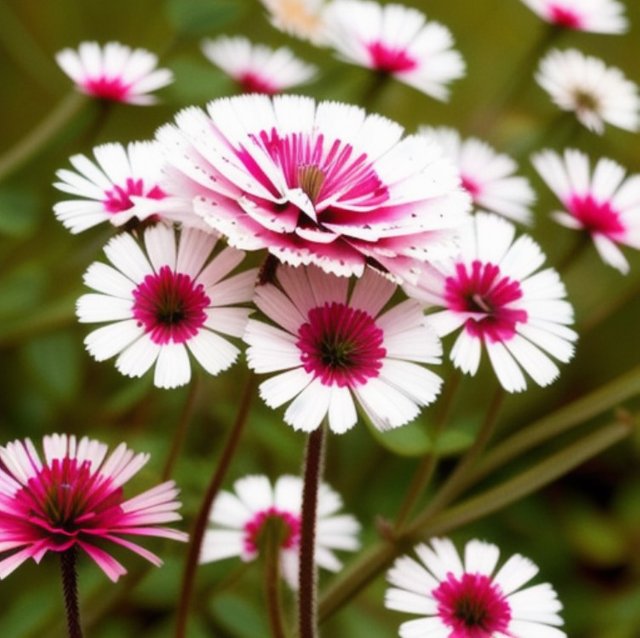Dianthus Caryophyllus: A Closer Look at the Carnation Flower

Dianthus caryophyllus, commonly known as the carnation, is a perennial flowering plant that has captivated gardeners and flower enthusiasts for centuries. This article delves into the fascinating characteristics, history, and cultural significance of the Dianthus caryophyllus.
Botanical Characteristics:
The carnation belongs to the Caryophyllaceae family and is native to the Mediterranean region. Known for its distinctive fringed petals and spicy fragrance, this flowering plant typically boasts a wide range of colors, including pink, red, white, yellow, and even bi-colored varieties. The carnation's scientific name, Dianthus, is derived from the Greek words "dios," meaning divine, and "anthos," meaning flower, emphasizing its divine beauty.
Historical Significance:
The carnation has a rich history dating back to ancient times. It is believed to have been cultivated by the Greeks and Romans for decorative and ceremonial purposes. In ancient Rome, carnations were used in garlands and crowns to honor important figures and events. The flower's name, "carnation," is thought to be derived from the Latin word "corona," meaning crown or garland.
Cultural Symbolism:
Throughout history, the carnation has held various symbolic meanings. In Christian tradition, it is associated with the Virgin Mary and is often referred to as "Mary's Rose." In the language of flowers, or floriography, different colors of carnations convey different messages. For example, red carnations symbolize love and admiration, while white carnations represent purity and luck. These symbolic meanings have made carnations popular choices for bouquets, corsages, and floral arrangements on special occasions such as weddings and Mother's Day.
Cultivation and Care:
Carnations are relatively easy to cultivate, making them a favorite among gardeners. They prefer well-drained soil, ample sunlight, and moderate watering. With proper care, these perennial plants can thrive and bloom throughout the growing season. Carnations are also popular choices for cut flowers due to their long vase life.
Modern Varieties and Hybridization:
Modern horticulture has led to the development of numerous carnation varieties through selective breeding and hybridization. These variations exhibit enhanced traits such as flower size, color intensity, and resistance to diseases. Some cultivars are even engineered to be fragrant or to have an extended blooming period.
Dianthus caryophyllus, the carnation, continues to enchant people worldwide with its beauty, fragrance, and cultural significance. Whether adorning gardens, symbolizing emotions, or enhancing floral arrangements, the carnation remains a timeless and cherished flower. Its enduring appeal makes it a staple in horticulture, and its rich history adds depth to its role in various cultures and traditions.
Warning,
This user was downvoted or is blacklisted likely due to farming, phishing, spamming, ID theft, plagiarism, or any other cybercrime operations. Please do your due diligence before interacting with it.
If anyone believes that this is a false flag or a mistake, consider reaching the watchers on Discord.
Thank you,